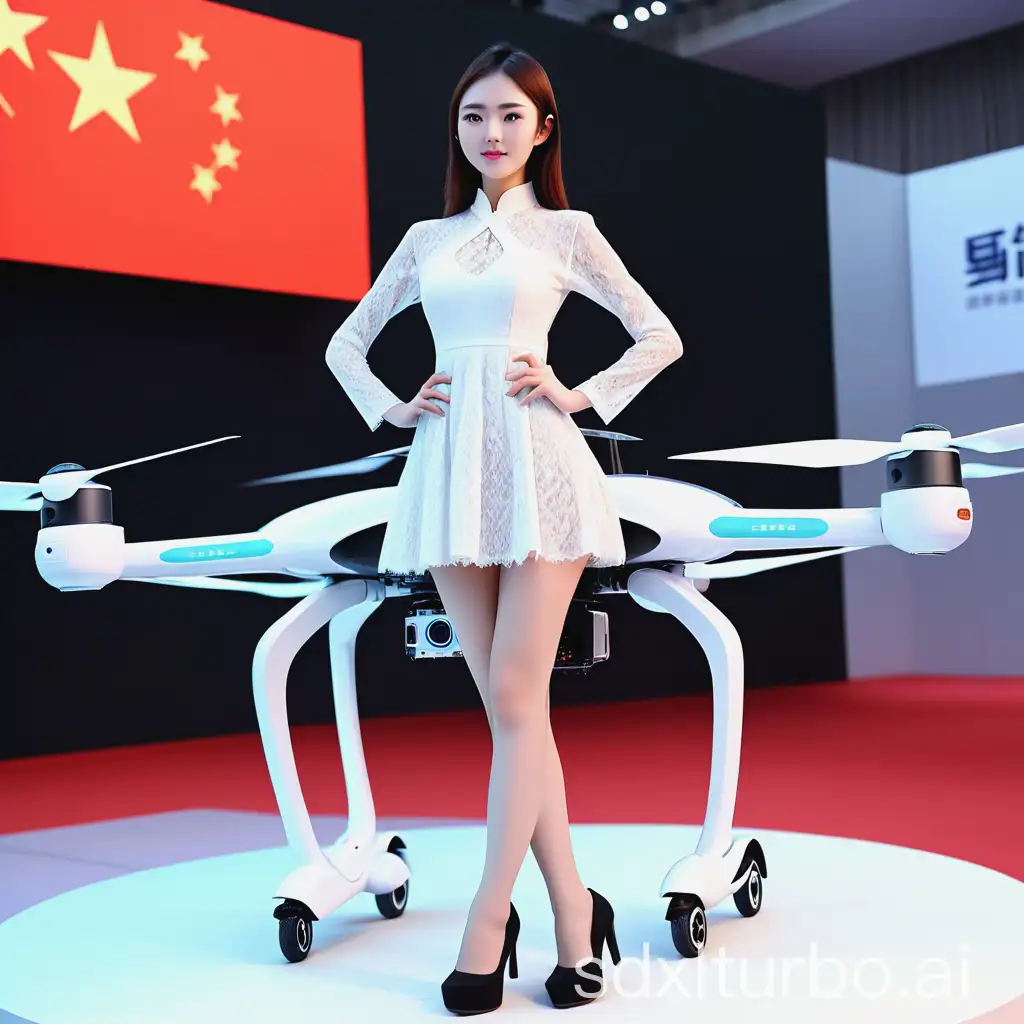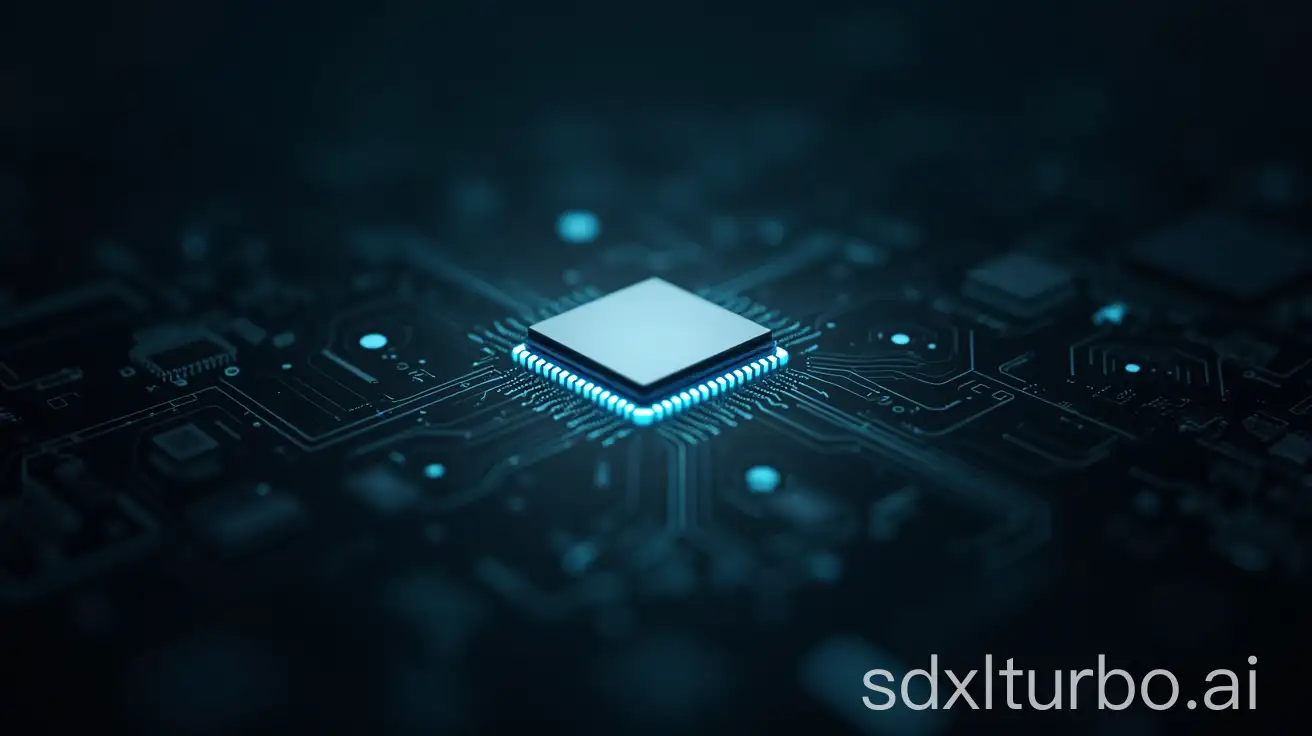Intelligent Quadrupedal Robots Advanced Technology for Search and Rescue Missions

Image Prompt
Prompt
Intelligent Quadrupedal Robots for Search and Rescue Missions
Choose Model: visiCanvas
Aspect Ratio: 1:1
Generated by Stable Diffusion SDXL
Related AI Images


R






Related Tags
Prompt Analyze
- Subject: Intelligent Quadrupedal Robots These robots are likely highly advanced, featuring cutting-edge technology designed to navigate diverse terrains and environments. They may possess sensors and cameras for detecting and analyzing their surroundings, allowing them to identify and respond to hazards and obstacles efficiently. Their quadrupedal nature suggests stability and adaptability, enabling them to traverse rugged terrain with ease. Additionally, their intelligence likely involves complex algorithms and machine learning capabilities, enabling autonomous decision-making in dynamic search and rescue scenarios. Setting/Background: Search and Rescue Missions The setting could vary from urban disaster zones to remote wilderness areas, highlighting the versatility of these robots. They may be depicted amidst rubble and debris, demonstrating their ability to navigate through collapsed structures during urban disasters. Alternatively, they could be shown traversing rugged landscapes or dense forests during wilderness search and rescue operations. The background could convey a sense of urgency and importance, emphasizing the critical role these robots play in saving lives during emergencies. Style/Coloring: Advanced and Modern The style of the image may lean towards realism to showcase the sophisticated design and functionality of the robots. Colors could range from sleek metallics to vibrant accents, reflecting both the high-tech nature of the robots and their visibility in various environments. The overall aesthetic may convey a sense of futuristic innovation, inspiring confidence in the capabilities of these cutting-edge machines. Action/Items: Navigating Hazards and Assisting Victims The robots could be depicted in action, either scouting ahead to assess dangers or assisting injured individuals in need of rescue. They may be shown using specialized tools or equipment, such as robotic arms or sensors, to perform tasks like clearing debris or providing medical assistance. Additionally, the image could feature other elements commonly associated with search and rescue missions, such as emergency vehicles or first responders coordinating efforts alongside the robots. Costume/Appearance: Sleek and Functional As machines, the robots' 'costume' would be their outer shell, likely designed for both durability and aerodynamics. Their appearance may feature streamlined shapes and modular components, optimized for efficiency and ease of maintenance. While they may not have traditional costumes, their design could incorporate elements that convey their purpose and capabilities, such as protective panels or specialized attachments for different tasks. Accessories: Tools and Equipment Accessories for these robots could include a variety of tools and equipment essential for search and rescue operations. This might encompass features like retractable claws for gripping objects, infrared cameras for detecting heat signatures, or communication devices for coordinating with human responders. Each accessory serves a specific function, enhancing the robots' effectiveness in navigating challenging environments and aiding in life-saving efforts.